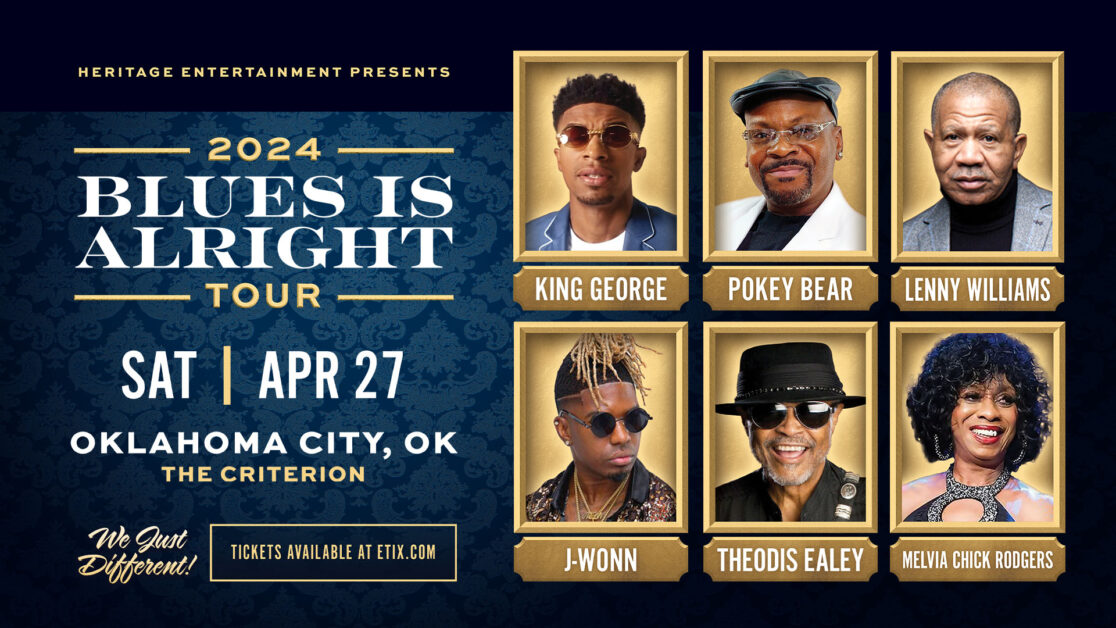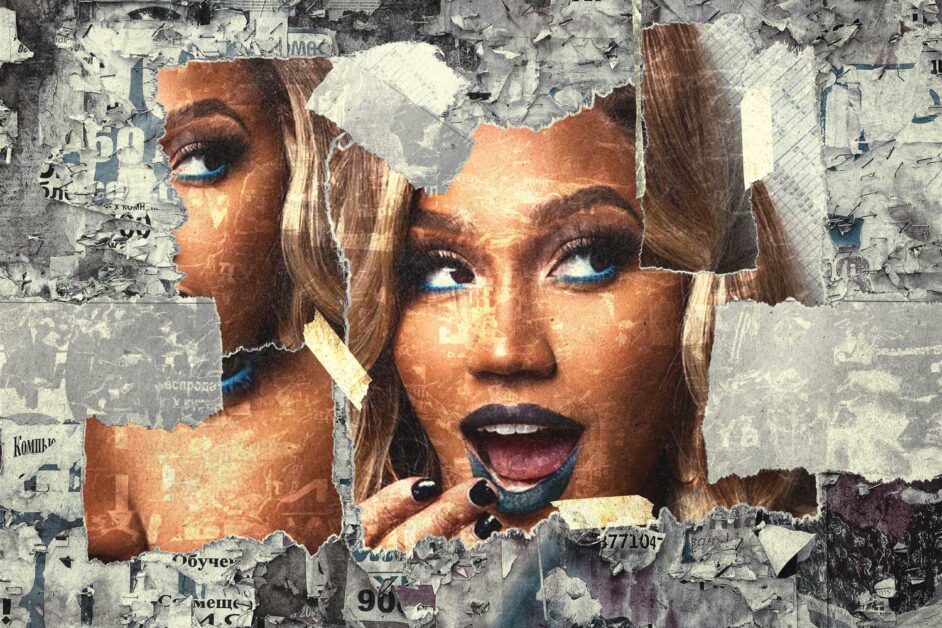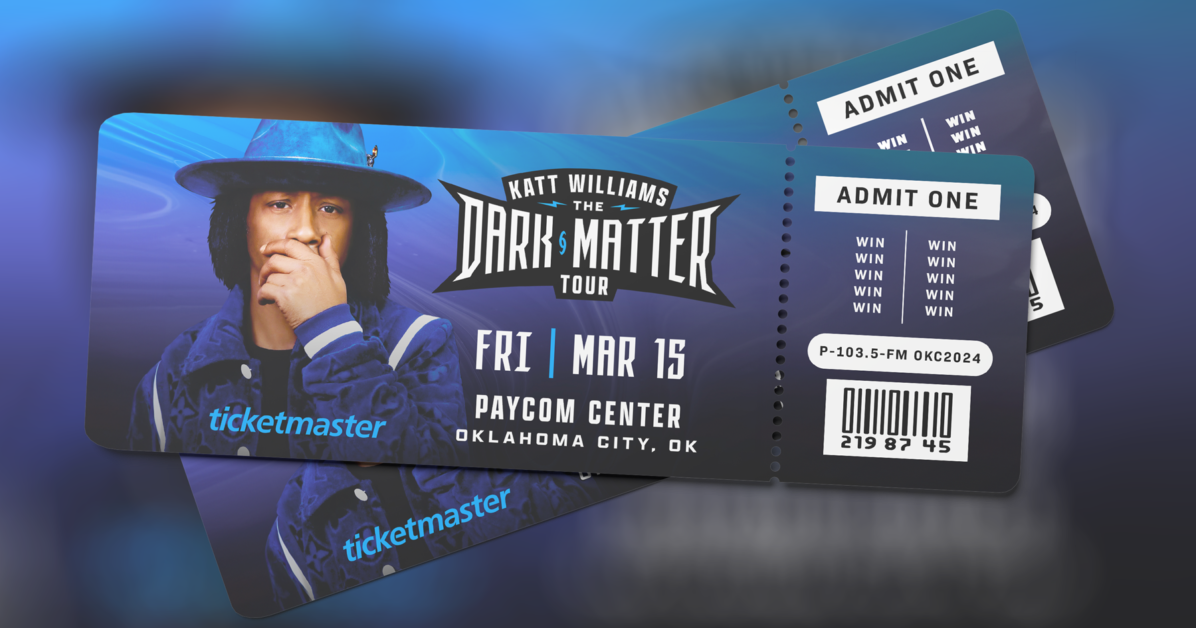8 Most Experimental Animated Movies
Written by on June 9, 2023
Animated movies are constantly evolving and growing with new techniques and a unique approach to storytelling. While many would lump the genre in with children’s movies, animation extends much beyond that. The medium has been evocative for a very long time, and more and more filmmakers are choosing novel methods to tell their animation stories.
Directors like Georges Méliès and Michaël Dudok de Wit have enchanted audiences with their extraordinary animation masterpieces, and experimental animation has also proved to be commercially successful with Marvel’s Spider-Man franchise. These movies are a treat to watch for lovers of the genre.
8 Spider-Man: Into The Spider-Verse (2018) And Spider-Man: Across The Spider-Verse (2023)
The comic book-style animation of Spider-Man: Into The Spider-Verse took the world by storm. It seamlessly blended CGI graphics with visuals that looked hand-drawn, creating a vibrantly trippy universe that viewers were more than happy to delve into.
In addition to this new animation style, the story of Miles Morales and the other iterations of Marvel’s superheroes were fleshed out beautifully and with care. The sequel, Spider-Man: Across The Spider-Verse, has been met with acclaim for its multiple universes and the fearless use of different styles, both urban and retro, to depict them.
7 Fantastic Planet (1973)
René Laloux turns the animation genre on its head with Fantastic Planet which shows a strange world in which humans are dominated by humanoid aliens, who treat them like animals. This independent experimental animation handles some heavy topics like slavery and racism, in a surrealistic manner through its distinctive style.
With a cutout stop-motion animation and the use of a grim color palette, the result is unsettling but hard-hitting. Fantastic Planet was a landmark in animation films, and it still holds up today.
6 A Trip To The Moon (1902)
Georges Méliès’ A Trip To The Moon was a seminal story about, an expedition that a group of people take to the moon, where they run into creatures known as Selenites. Méliès spent lavishly on this project, using mechanized scenery and costumes constructed from clay and canvas.
The Substitution Splice technique was used to achieve the animated effects of A Trip To The Moon, where the frame of the shot was kept constant while elements were moved in and out of the shot between recording takes. The fairytale-like elements in the movie have also been appreciated greatly for the dreamlike quality they bring to it. It is one of the best animated short films.
5 The LEGO® Movie (2014)
The LEGO® Movie confused many viewers about whether it was a live-action or animated film as it brought the iconic LEGO® bricks to life, but also created highly imaginative scenarios (impossible to do live-action.)
The use of “a photoreal stop-motion style” on real LEGO® layouts was the main animation technique used in the movie. It was intentionally given a “homemade” feel by the filmmakers, which instantly made it more relatable, especially for audiences who build with LEGO® sets often.
4 Alice (1988)
Alice in Wonderland is no stranger to darker adaptations (even Disney ones,) but Jan Švankmajer’s Alice took the story to another creepy level. Combining live-action actors with the horrific elements of Wonderland, using stop-motion animation with figures that were disheveled and haggard.
This near-horror take on a children’s classic sets Alice apart from others, and the flat voice acting adds to the nightmarish effect of the film. It redefined how children’s fantasy could be construed and made into a movie. The stop-motion effects were blended with live-action masterfully for a surreal feel.
3 Belladonna Of Sadness (1973)
Elichi Yamamoto created an unforgettable dark erotic anime in Belladonna Of Sadness, which detailed the story of a woman who was falsely accused of witchcraft. Watercolor frames formed the foundation of this psychedelic movie, which had a beautiful fluidity to it. It was a part of the “pink film” era in Japan, which focussed on sex, lust, and everything that comes with it.
Belladonna Of Sadness has often been accused of being misogynistic, while some viewers have declared it a feminist piece of work. Either way, the animation has an enduring unique quality that sets itself apart from the norm.
2 The Red Turtle (2017)
Boasting the gorgeous visuals that Studio Ghibli movies are known for, The Red Turtle had a deceptively plain story that was richly developed. It follows a man who gets washed up on a deserted island after a shipwreck and meets a red turtle who transforms into a red-haired woman, with whom he falls in love.
The watercolor animation, the visuals of nature, and the bittersweet story were very much like most Ghibli movies, but what set it apart was that the movie had absolutely no dialogue. The characters did not speak at all, and it added to the enchantment of the movie.
1 Waking Life (2001)
Using the rotoscope animation method, Waking Life dove into philosophy and its many concepts through an unnamed young person who walked through a series of different realities and dreams. Existentialism, free will, and the meaning of life were some of the philosophies discussed in these dreamscapes that managed to be fluid and deep at the same time.
It meshed great dialogue with beautiful visuals that were unique in every way. Waking Life won global acclaim and several prestigious awards from the National Society of Film Critics, New York Film Critics Circle, and the “CinemAvvenire” at the Venice Film Festival.
watch avatar the way of water full movie
watch avatar the way of water full movie
watch avatar the way of water full movie




